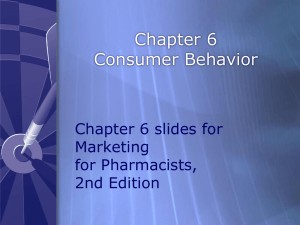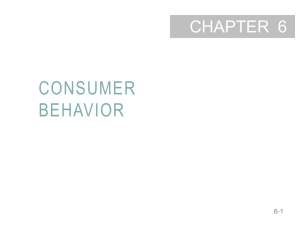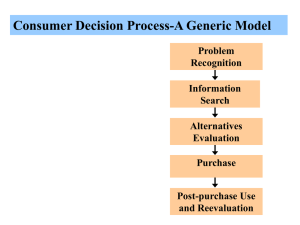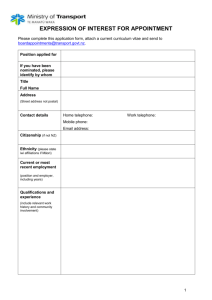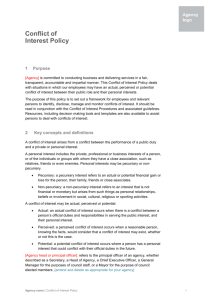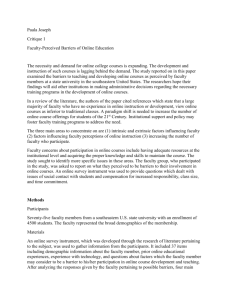CHAPTER 16
advertisement
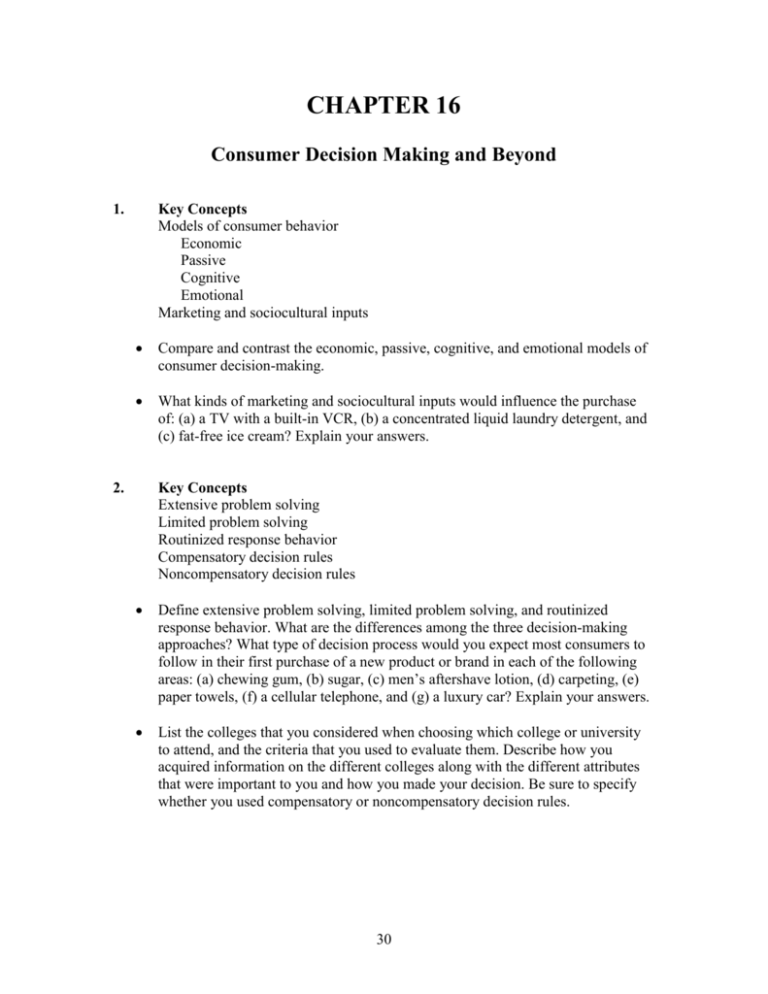
CHAPTER 16 Consumer Decision Making and Beyond 1. Key Concepts Models of consumer behavior Economic Passive Cognitive Emotional Marketing and sociocultural inputs Compare and contrast the economic, passive, cognitive, and emotional models of consumer decision-making. What kinds of marketing and sociocultural inputs would influence the purchase of: (a) a TV with a built-in VCR, (b) a concentrated liquid laundry detergent, and (c) fat-free ice cream? Explain your answers. 2. Key Concepts Extensive problem solving Limited problem solving Routinized response behavior Compensatory decision rules Noncompensatory decision rules Define extensive problem solving, limited problem solving, and routinized response behavior. What are the differences among the three decision-making approaches? What type of decision process would you expect most consumers to follow in their first purchase of a new product or brand in each of the following areas: (a) chewing gum, (b) sugar, (c) men’s aftershave lotion, (d) carpeting, (e) paper towels, (f) a cellular telephone, and (g) a luxury car? Explain your answers. List the colleges that you considered when choosing which college or university to attend, and the criteria that you used to evaluate them. Describe how you acquired information on the different colleges along with the different attributes that were important to you and how you made your decision. Be sure to specify whether you used compensatory or noncompensatory decision rules. 30 3. Key Concepts Prepurchase search Perceived risk Postpurchase dissonance Identify three different products that you believe require reasonably intensive prepurchase search by a consumer. Then, using Table 16-2 as a guide, identify the specific characteristics of these products that make intensive prepurchase search likely. For each of the products that you listed above, identify the perceived risks that a consumer is likely to experience prior to purchase. Discuss how the marketers of these products can reduce these perceived risks. How do consumers reduce postpurchase dissonance? How can marketers provide positive reinforcement to consumers after the purchase in order to reduce their dissonance? The Gillette Company, which produces the highly successful Sensor shaving blade, has recently introduced a clear gel antiperspirant and deodorant for men. Identify the perceived risks associated with the purchase of this new product and outline a strategy designed to reduce these perceived risks during the product’s introduction. Select a newspaper or magazine advertisement that attempts: (a) to provide the consumer with a decision strategy to follow in making a purchase decision, or (b) to reduce the perceived risk(s) associated with a purchase. Evaluate the effectiveness of the ad you selected. 31
